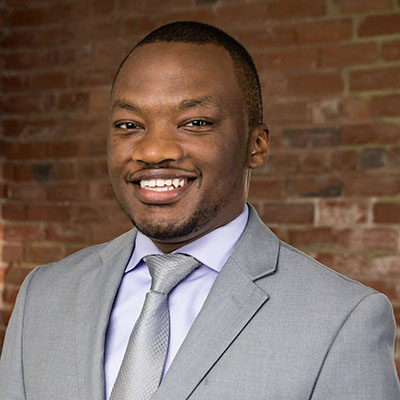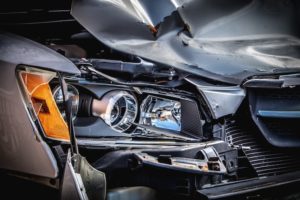One of the most common questions I get when first meeting clients is: Do I have a case? Given that filing a personal injury claim can be taxing and time-consuming, the question is thus a fair one.

Unfortunately, the answer is not always a straight yes or no. In personal injury law, the answer to this fundamental question depends on whether your case meets the following four elements of a tort claim:
Duty
To prevail in a personal injury claim, your lawyer must prove that the defendant had a duty to either:
- Protect you from injury, or
- Refrain from a course of action that could result in your injury
The duty to protect from injury often comes from prior existing arrangements or contracts between the injured person and the person who has caused the injury. An example of this would be the relationship between a doctor and a patient. However, with automobile accidents, such arrangements do not exist. So, in the case of a car crash, the theory of liability hinges on the fact that we all have a duty to ordinarily refrain from actions that could harm others.
Put plainly, the first thing your lawyer will have to prove is that the person or entity that caused you the injury had a legally cognizable duty to do or not do something that led to the injury.
Breach
The next thing your lawyer will have to prove is that the person or entity that caused your injury breached the duty that they owed to you. For example, in an automobile accident case, proving that the other driver had a duty to obey the highway signs is not enough.
To prevail in such a case, you must prove that the other driver’s failure to obey the relevant highway signs was in fact the cause of the accident. In so doing, you establish that a relevant and legally cognizable duty that was owed to you was breached.
Causation
Once your lawyer has jumped through the first two hoops, the next hoop is proving causation. This means that your lawyer must prove that the breach of duty owed to you was the cause of your injury.
The mere fact that symptoms of an injury, such as pain, followed the occurrence of a particular event, such as a car accident, is not enough to prevail on a personal injury claim. Your lawyer, often with the aid of experts, must marshal convincing evidence that the harm you sustained was directly caused by the accident in question.
Damages
Lastly, to prevail in a personal injury case, your lawyer will have to prove that you sustained damages. In this case, damages refer to harms and losses from the alleged occurrence. In Virginia, the law allows you to be compensated for economic and non-economic damages.
Economic damages can include:
- Medical expenses that are incurred
- Income that is lost as a consequence of the sustained injuries
Non-economic damages, on the other hand, include:
- Physical pain
- Mental anguish
- Disfigurement
- Deformity
- Humiliation
- Inconveniences that result from sustained injuries
In order to make a recovery, both the economic and non-economic damages need to directly flow from the breach of a duty that was owed to the injured party.
At Allen & Allen, our attorneys have over 700 years of combined experience in proving each of these elements for our clients. We are Virginia’s oldest and largest personal injury law firm. If you have been injured in an accident through no fault of your own, call us at 866-388-1307 for a free consultation.






